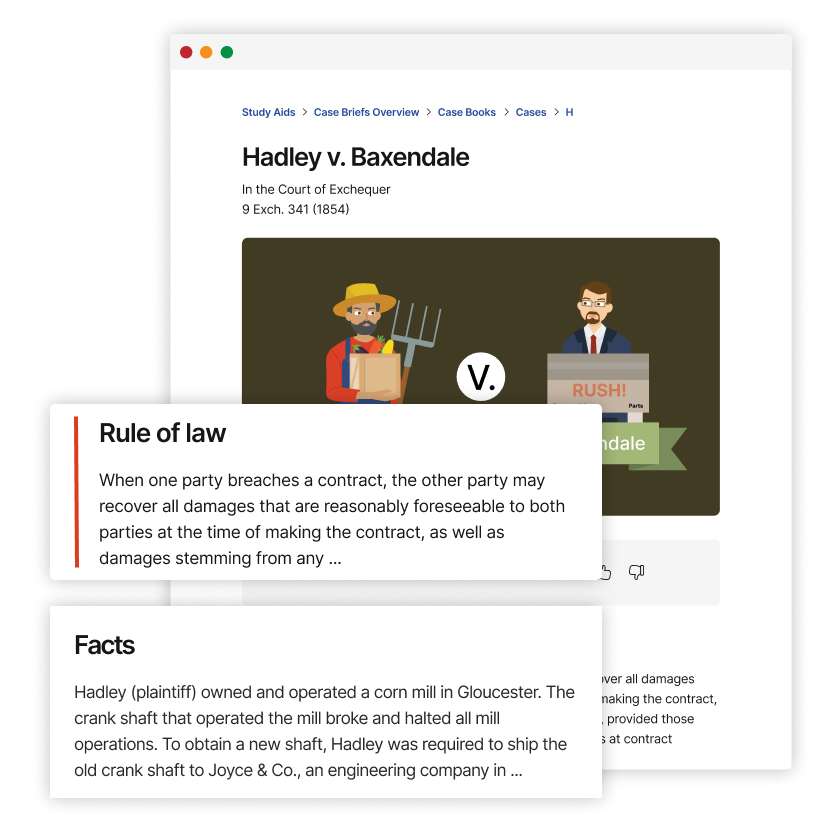Jam v. International Finance Corp.
United States District Court for the District of Columbia
442 F. Supp. 3d 162 (2020)
- Written by Brett Stavin, JD
Facts
The International Finance Corporation (IFC) (defendant) was a public international organization comprised of 185 member countries. The IFC was designed to promote economic development in less developed areas of its member countries, including through the financing of private enterprises. The IFC had a policy of prioritizing sustainability and environmental protection and ensuring that the burdens of economic development would not be borne by disadvantaged communities. To that end, the IFC created performance standards for the assessment, avoidance, and mitigation of environmental and social harms. As part of an economic-development initiative in India, the IFC invested in a coal-fired power plant known as the Tata Mundra Power Plant (Tata Mundra), located in the coastal town of Gujarat. The financing entailed a loan of $450 million to Coastal Gujarat Power Limited (CGPL), a subsidiary of Tata Power, an Indian power company. Prior to making the investment, the IFC recognized the potential for adverse social and environmental impacts. Accordingly, the IFC and CGPL developed an action plan setting forth environmental guidelines for the construction and operation of the facility. Those guidelines were incorporated into the IFC’s loan agreement with CGPL. The loan terms were negotiated in Mumbai, India; the loan was approved by the IFC’s board of directors in Washington, D.C.; the loan agreement was then executed in India. Subsequently, a group of nearby fishermen and farmers led by Budha Ismail Jam, a local trade union, and a small local village (collectively, Jam) (plaintiffs) filed suit against the IFC, claiming that Tata Mundra damaged their environment and way of life. Jam alleged that the IFC failed to ensure that the project adhered to the IFC’s performance standards and the environmental conditions in the loan agreement. Jam raised claims of negligence, negligent supervision, public nuisance, private nuisance, trespass, and breach of contract. In moving to dismiss, the IFC argued that the core of the suit involved conduct that took place in India, not the United States, and that therefore the action could not proceed in federal court.
Rule of Law
Issue
Holding and Reasoning (Bates, J.)
What to do next…
Here's why 899,000 law students have relied on our case briefs:
- Written by law professors and practitioners, not other law students. 47,000 briefs, keyed to 994 casebooks. Top-notch customer support.
- The right amount of information, includes the facts, issues, rule of law, holding and reasoning, and any concurrences and dissents.
- Access in your classes, works on your mobile and tablet. Massive library of related video lessons and high quality multiple-choice questions.
- Easy to use, uniform format for every case brief. Written in plain English, not in legalese. Our briefs summarize and simplify; they don’t just repeat the court’s language.




